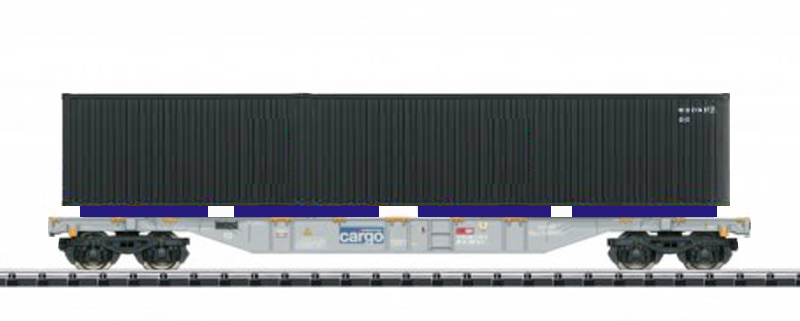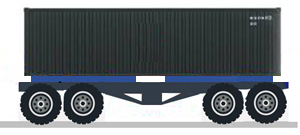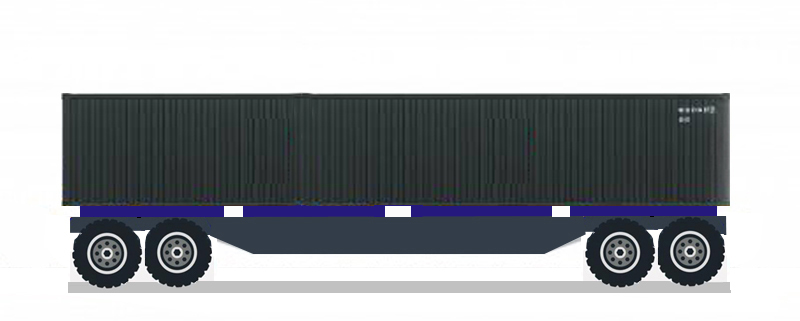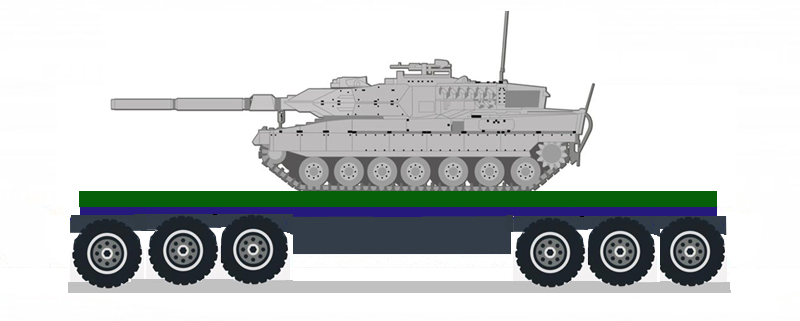

Prototypes, Terminal and The Ant, for intermodal transport in 2030
Here are the prototypes that we will work with to create tomorrow's transport. After many years and many attempts to obtain funds for future intermodal development, we are now taking matters into our own hands. We are doing this together with transporters, transport buyers and transport customers. A very important development in the market is the immediate formation of a Swedish Railways Authority that will take care of all issues affecting the railways.
When the Swedish Railways Administration is formed, all research and development will be removed from the bodies that currently handle these issues, i.e. the Swedish Transport Administration, Vinnova and the Swedish Energy Agency. Extensive funds will be redirected from those authorities to provide resources to the Swedish Railways Administration. This will provide opportunities for development on the railway side that looks after the best interests of the railway and not as is currently controlled by FFI, to fall under truck transport. It is really high time to change that situation.
Terminals
The terminals shall be simple terminals and where unit loads are handled automatically by "Myran". The terminals shall be electrified to quickly enter the terminal and quickly exit again. No shunting of wagons. Interconnected train sets. The wagons are adapted to CCT Technology and are equipped for that handling. The wagons are built for 200 km/h and a minimum of 160 km/h

The Ant is track-operated and has a movable load transfer equipment.

The ant, track-mounted and where a load transfer equipment is movable in the longitudinal direction of the ant. This means that it can handle both 20 foot units and longer units, 40 - 45 feet. A very flexible and useful ant. The ant is powered by electric motors. It is this version that is featured in our animation.
Ant track-mounted and for heavier load units

The ant is track-mounted and has four fixed transfer units that can handle heavy unit loads. Otherwise, the same equipment as the ants. The ant is powered by electric motors.
Ant equipped with rubber wheels to move around, short version

Ant that has propulsion on rubber wheels. This means that it can operate directly on the side of the railway track as long as there is hard ground as a base. The ant is very flexible because the driven wheels can be set in a straight direction, 90 degrees to the left or 90 degrees to the right. (Of course everything in between.) This makes this ant very flexible. Here in a version for 20 feet and heavier loads.
Ant equipped with rubber wheels for movement, longer version

Ant that has propulsion on rubber wheels. This means that it can operate directly on the side of the railway track as long as there is hard ground as a base. The ant is very flexible because the driven wheels can be set in a straight direction, 90 degrees to the left or 90 degrees to the right. (Of course everything in between.) This makes this ant very flexible. Here in a version for longer and heavier loads. Should be interesting for NATO
Ant equipped with rubber wheels to move around, special version

Ant that has propulsion on rubber wheels. This allows it to operate directly on the side of the railway track as long as there is hard ground as a base. The ant is very flexible because the driven wheels can be set in a straight direction, 90 degrees to the left or 90 degrees to the right. (Of course everything in between.) This makes this ant very flexible. Here in a special version for longer, wider and heavier loads. This means that it can even handle tanks for transport on rail. Should be interesting for NATO
Above are examples of the prototypes that are planned to be developed to illustrate the great flexibility of the intermodal system. The images are only schematically produced to simply present the unimagined possibilities that open up.
This site was created with the Nicepage